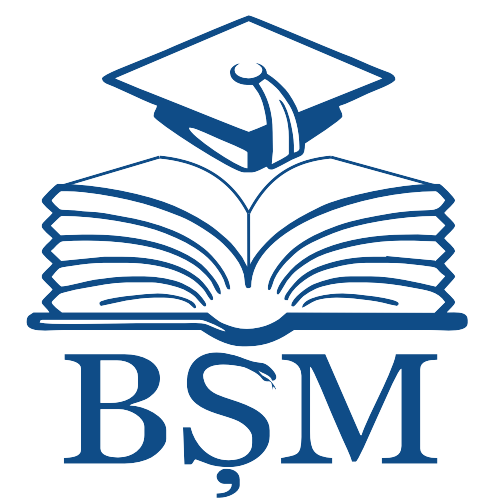| DC Field | Value | Language |
|---|
| dc.contributor.author | Blanita, Daniela | |
| dc.contributor.author | Boiciuc, Chiril | |
| dc.contributor.author | Sacara, Victoria | |
| dc.contributor.author | Stamati, Adela | |
| dc.contributor.author | Hadjiu, Svetlana | |
| dc.contributor.author | Turea, Valentin | |
| dc.contributor.author | Nicolescu, Alina | |
| dc.contributor.author | Morava, Eva | |
| dc.contributor.author | Gladun, Sergiu | |
| dc.contributor.author | Ușurelu, Natalia | |
| dc.date.accessioned | 2025-10-08T13:13:09Z | |
| dc.date.available | 2025-10-08T13:13:09Z | |
| dc.date.issued | 2025 | |
| dc.identifier.citation | BLANITA, Daniela; Chiril BOICIUC; Victoria SACARA; Adela STAMATI; Svetlana HADJIU; Valentin TUREA; Alina NICOLESCU; Eva MORAVA; Sergiu GLADUN și Natalia UȘURELU. Congenital disorders of glycosylation - new considerations in the approach to the multisystem affected child. In: Conferinţă internaţională "Pediatria fără frontiere", 30-31 mai 2025, Chișinău, Republica Moldova: [rezumate]. Chişinău, 2025, p. 259-265. ISBN 978-5-85748-167-7. | en_US |
| dc.identifier.isbn | 978-5-85748-167-7 | |
| dc.identifier.uri | https://ibn.idsi.md/vizualizare_articol/230888 | |
| dc.identifier.uri | https://repository.usmf.md/handle/20.500.12710/31221 | |
| dc.description | This research is supported by the Ministry of Research, Innovation and
Digitalization, CNCS-UEFISCDI, project PN-IV-P8-8.3-ROMD-2023-0249
(DiMoMeD), PNCDI-IV (Romania). | en_US |
| dc.description.abstract | Introduction: Congenital Disorders of Glycosylation (CDG) represent a
group of genetic pathologies determined by enzyme defects that compromise
the biosynthesis of glycoproteins and glycoconjugates. Due to scientific
progress, CDG is enjoying exponential growth, so that currently 200 types are
reported, affecting multiple glycosylation pathways. Their number will increase
in parallel with the knowledge of the glycosylation pathway, improved
diagnosis, and increased awareness of these conditions among the medical and
scientific communities [1]. Most types of CDG are extremely rare, their
prevalence being between 0.1-0.5/100,000 population, 70% corresponding to
type CDG Ia (PMM2-CDG), with a frequency of 1:20,000 births.
Glycosylation is an essential process in the functioning of all cells of the human
body due to the fact that approximately half of our body's proteins are
glycosylated [2]. Thus, the compromise of this essential process for the
development of all systems will cause clinical heterogeneity and multisystem
involvement, which reflect the complexity of CDG identification. | en_US |
| dc.language.iso | en | en_US |
| dc.publisher | Instituţia Publică Universitatea de Stat de Medicină Farmacie „Nicolae Testemiţanu” din Republica Moldova | en_US |
| dc.relation.ispartof | Materialele Conferinţei Internaţionale "Pediatria fără frontiere", 30-31 mai 2025, Chișinău, Republica Moldova | en_US |
| dc.subject | CDG | en_US |
| dc.subject | IEFT | en_US |
| dc.subject | WES | en_US |
| dc.subject | WGS | en_US |
| dc.subject | multisystem involvement | en_US |
| dc.title | Congenital disorders of glycosylation - new considerations in the approach to the multisystem affected child | en_US |
| dc.type | Article | en_US |
| Appears in Collections: | Conferinţă internaţională "Pediatria fără frontiere", 30-31 mai 2025, Chișinău, Republica Moldova: [rezumate]
|


